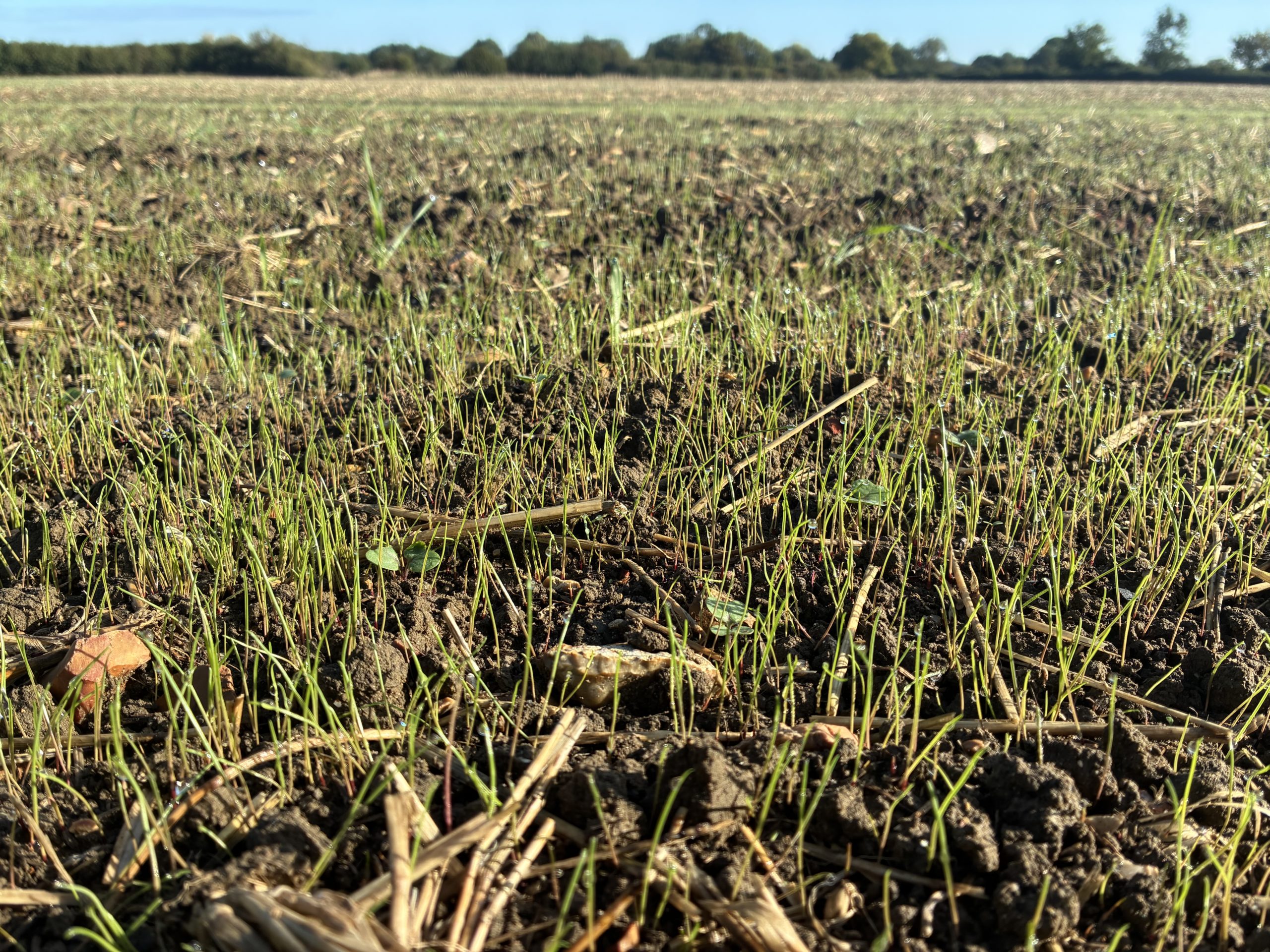BASF Agronomy blog featuring award-winning Niab agronomist, Patrick Stephenson
Current situation:
“We were doing quite well at delaying drilling this autumn but the dam has now burst and diesel is being burnt. Weather and soil conditions are just too good to hold back drilling any longer.
“In the far north of the region – where black-grass isn’t so much of an issue and there has been moisture to get crops off to a good start – growers are well into drilling. Many will have well over half their winter wheat acreage in the ground now.
“Further south, around Lincolnshire for example, there’s been less rainfall and, because black-grass is more problematic here, more growers have delayed drilling… until now.
“Growers have been able to establish stale seedbeds this autumn, but only in the last 10-14 days when we finally had the rain to prompt grass weed germination. Some have even managed to get two glyphosate applications on, but it very much depends on when they got rain.
“There’s no doubt that the stale seedbeds achieved this autumn will help us control the grass weeds but I’m worried that there’s still more to come. The dry conditions since harvest has stopped them from chitting until very recently.
“It is important to remember that although control last year was good, one clean year doesn’t mean the next year will be weed free. Where black-grass or ryegrass are a problem there will be many seeds in the soil profile ready to chit when conditions are right.
Spring cropping squeezed by financial pressure:
“While spring crops are still an important route to grass weed control, financial pressures are making it harder to use them.
“Low commodity prices together with a lack of movement with input prices, means that it is quite hard to get a profit out of a spring crop. As a result, more people are looking at maize or SFI options.
“This year, with a good season of control behind us people think they are ‘ahead’ and are more likely to put another winter crop in and drill earlier. Although the products we’ve got now are better than we’ve had for a long time, they still have limitations.
Use multiple modes of action in herbicide programmes:
“Using multiple modes of action is key to herbicide programmes, particularly when targeting ryegrass.
“Resistance in ryegrass will become more of an issue and part of that is because farmers are farming or contracting across bigger acreages and under considerable time pressure at harvest, leaving less time for good hygiene practices. Seed is being spread with machinery as a result.
“Growers who started drilling earlier than I would have liked, tend to be those with less of a grass weed challenge and have understandably, based their programmes around flufenacet, pendimethalin + diflufenican. In wheat, they do have the option of following up with Luximo, if they need to.
“For those with wheat going in the ground now, Luximo will be an important part of their herbicide programmes.
Thoughts on Luximo:
“Luximo is certainly the number one product for black-grass control. It is very effective and where there are grass weed issues, Luximo is now the key active ingredient.
“Ryegrass is more of a challenge and Luximo certainly offers good efficacy. It has proven to be as effective as others available. But one active isn’t enough for ryegrass and like any other product, it needs to be used in conjunction with others.
“Overall, Luximo is a very good active ingredient and has earnt its place in herbicide programmes.”

